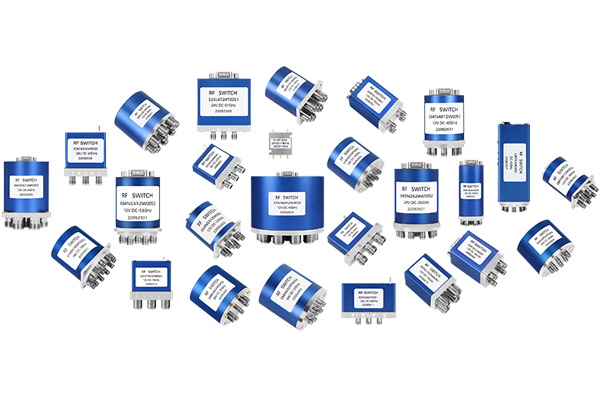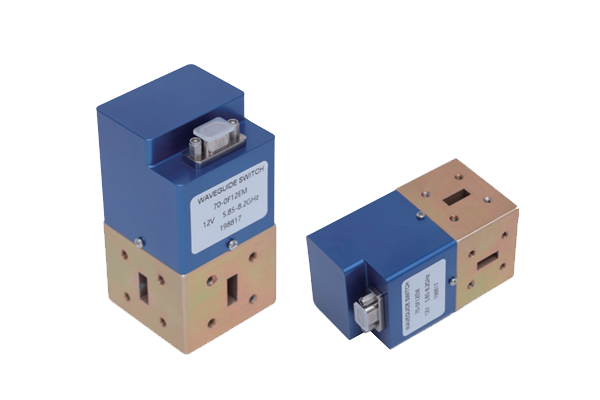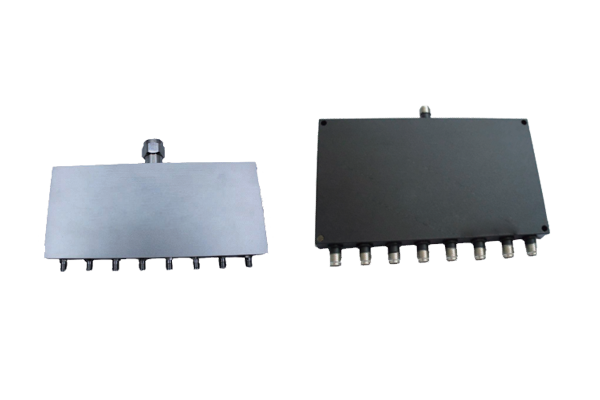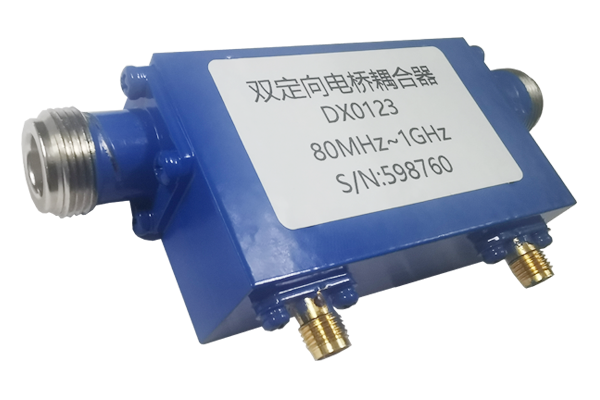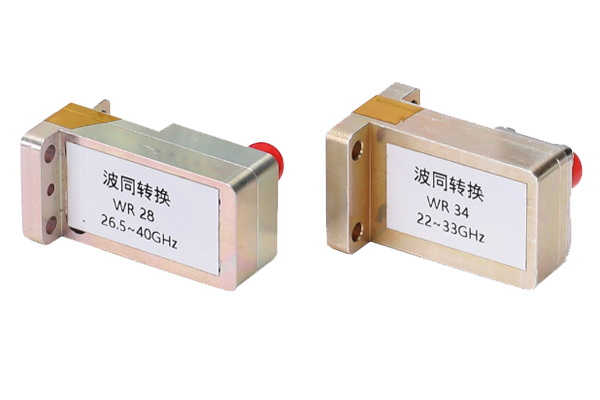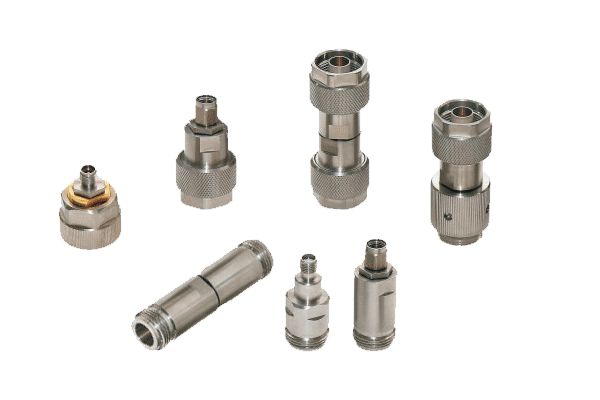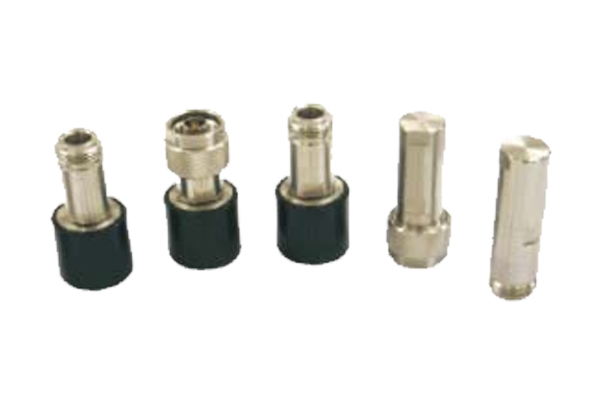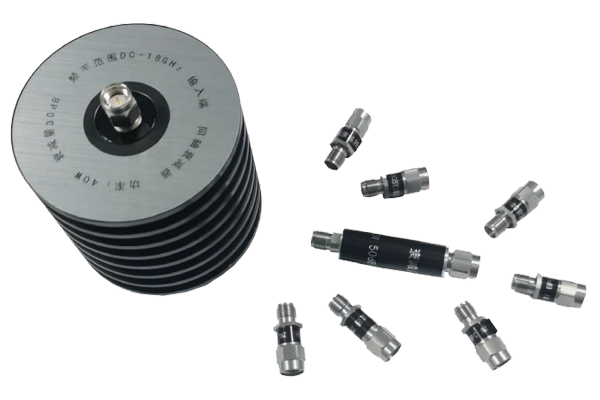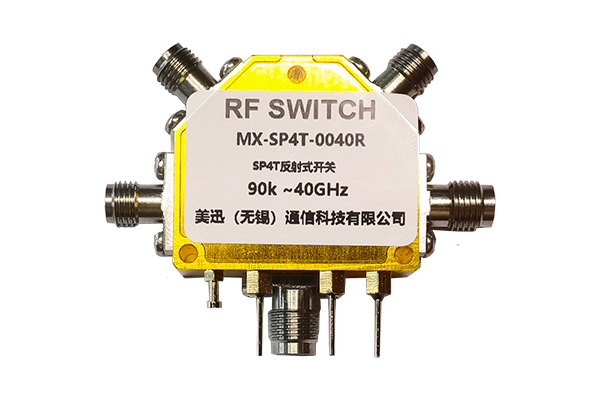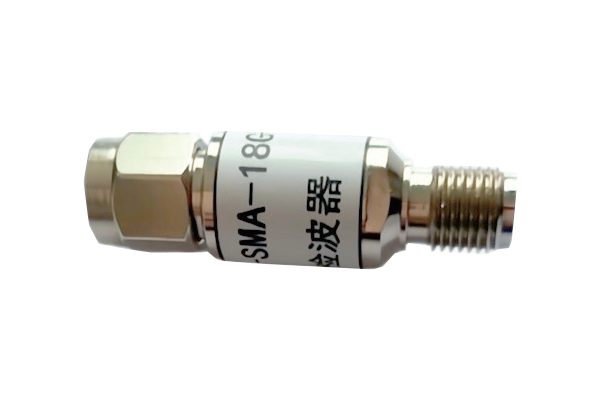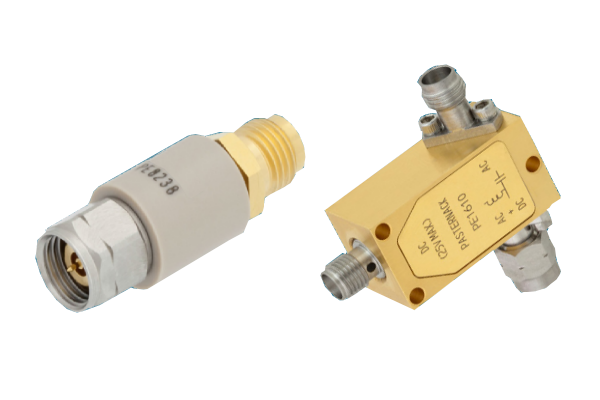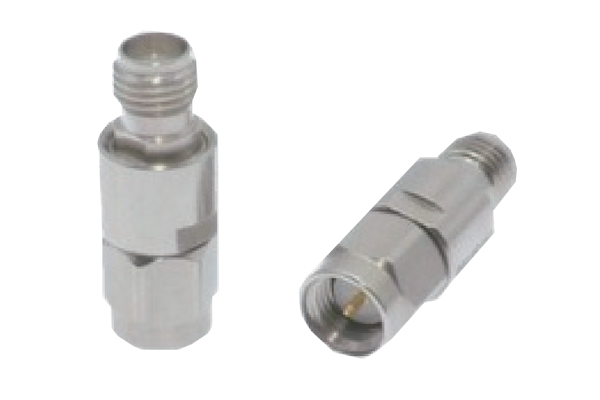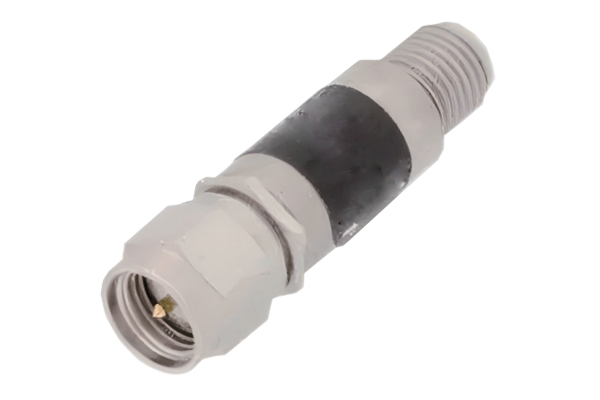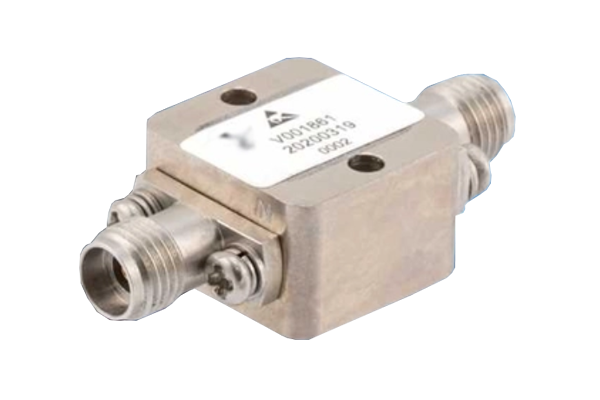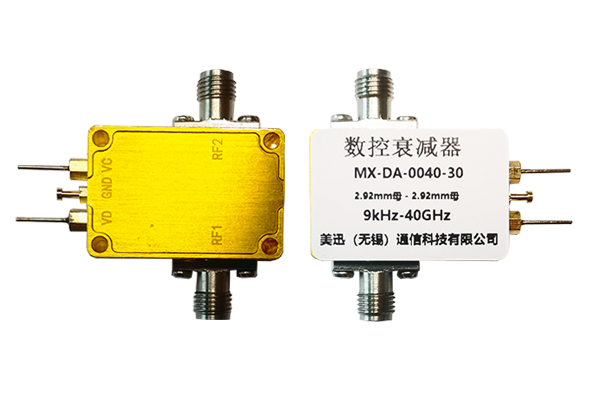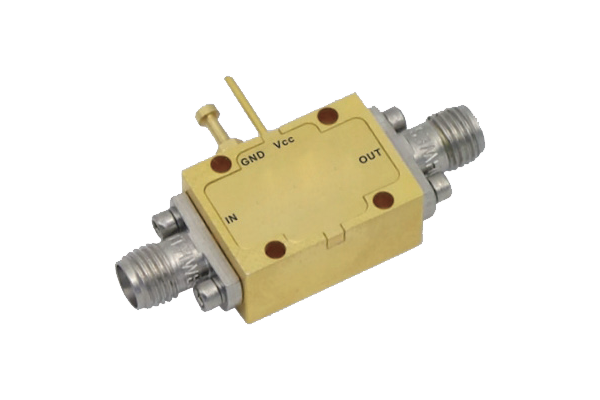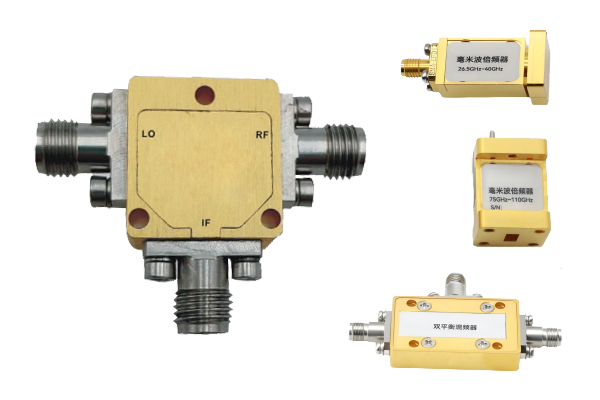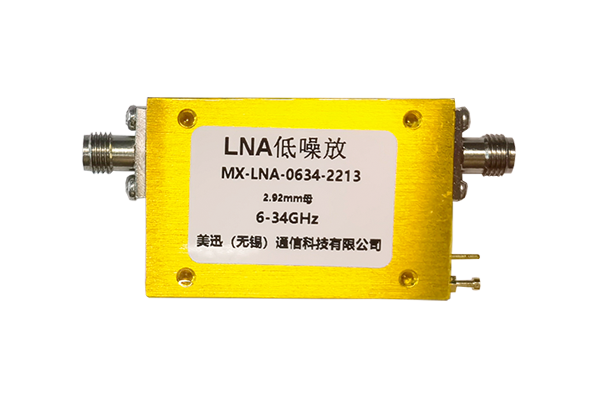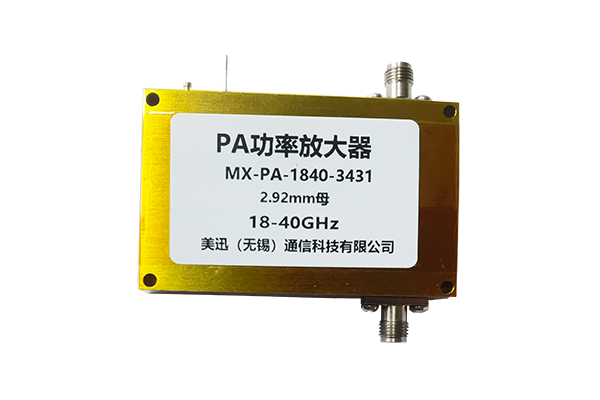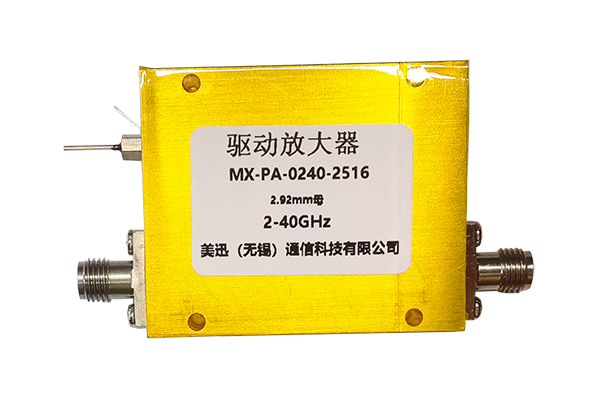Operating Principle of an RF Low-Noise Amplifier
Basic Structure and Signal Processing Flow
-
The core function amplifies weak RF signals while controlling noise input
-
Internal components include:
-
Input matching network for impedance adjustment
-
Core amplifier circuitry with low-noise components
-
Output matching network for efficient signal transmission
-
Bias circuitry for stable operation
-
Signal path: Input matching optimization → Signal amplification → Output transmission
-
Minimizes reflection losses during signal transmission
Low-Noise Achievement Mechanism
-
Core advantage achieved through device selection and circuit optimization
-
Utilizes semiconductor materials with low noise figures
-
Circuit layout optimization minimizes parasitic parameter impact
-
Proper grounding and shielding isolate external electromagnetic interference
-
Bias circuit provides stable operating conditions to prevent noise increase
-
Ensures stable performance under varying environmental conditions
Interoperability with System Components
-
Positioned at the front end of the RF receiving system signal chain
-
Output compatibility with subsequent components through impedance matching
-
Collaborative design ensures optimal signal transmission and processing
-
Maintains signal integrity and dynamic range according to link requirements
-
Performance directly determines receiving system sensitivity
-
Requires balance between parameters like gain and noise figure
-
Ensures stable and efficient operation of the entire RF link



